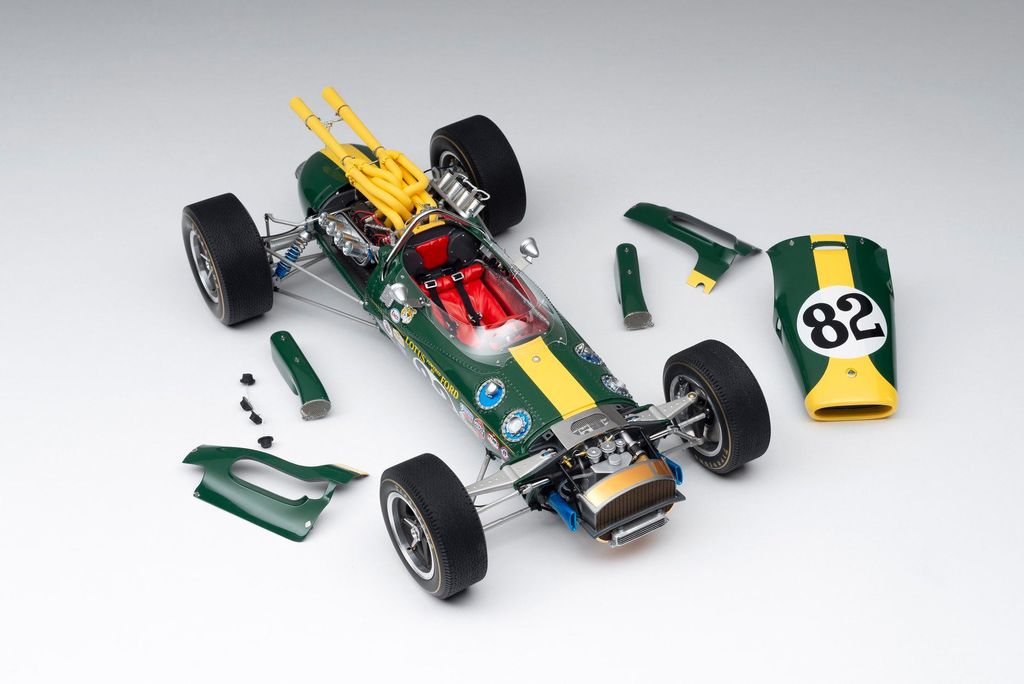Sandy Copeman is one of the original founders of the Amalgam Collection, a company dedicated to the fine art of producing faithful reproductions of the world’s greatest cars. From Formula One racers to classic sportscars, each model in the Amalgam Collection takes thousands of hours to produce and is built to last a lifetime on the shelves of collectors, fans and owners. Sandy tells us more about the story behind the models.













